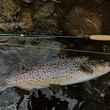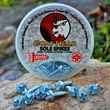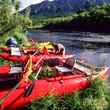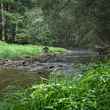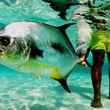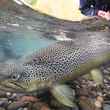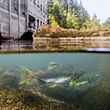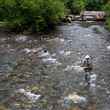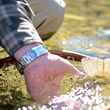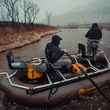It’s spring. Depending on where you live, you might already be sweltering in near-record temperatures or still heading out to scrape ice and snow off your windshield in the morning. But regardless of where you call home, the rivers are calling to many of us. Manufacturers don’t care where it snowed last night, and they’re pushing forward with a host of new items for the eager-beaver fly anglers out there. Whether you’re in the market for a new fly rod, a new tenkara rod, some new outerwear or a new pair of wading boots, or something else, we got you covered.
New fly fishing gear: April 2023
by Hatch Magazine - Saturday, Apr 15th, 2023



